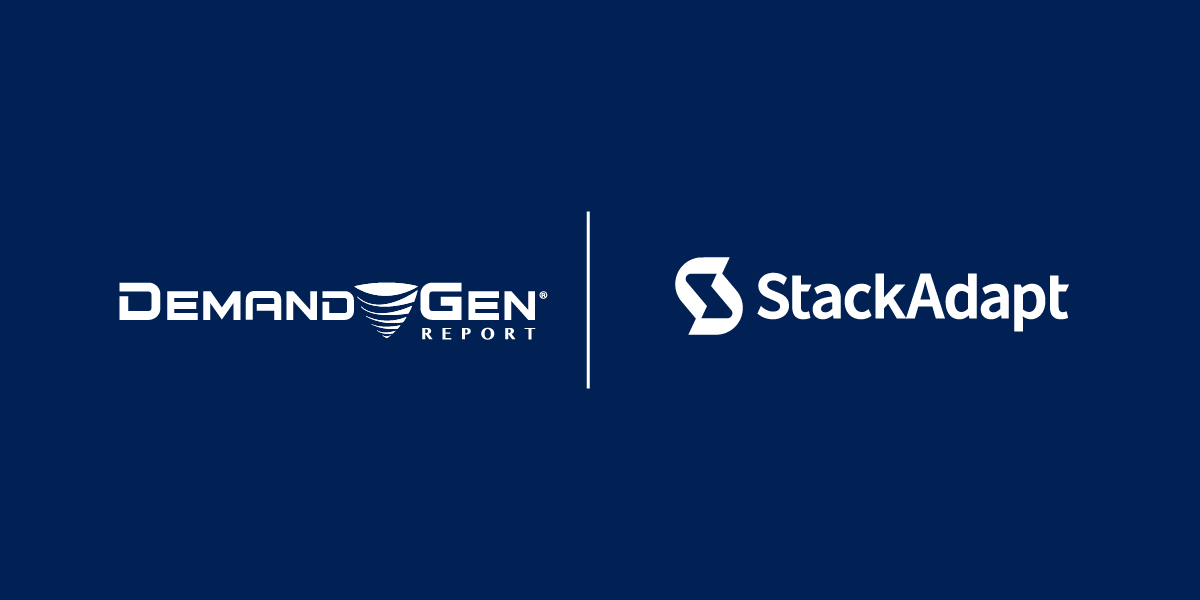In today’s digital landscape we’re seeing practices around 3rd-party data collection evolve. As a result, many marketers are embracing contextual targeting tactics that aren’t constrained by privacy legislation. With contextual advertising, your campaigns don’t require the collection or processing of user data.
Instead, contextual advertising leverages the context next to which the ad appears to deliver highly relevant ads to the right audience, at the right moment. There are various tactics available for contextual advertising. For example, Page Context AI drives campaign performance by leveraging artificial intelligence (AI) to place ads in the right context, expanding targeting to include highly relevant phrases related to the context.
Another tried and true strategy is contextual keyword targeting, which puts you in control by allowing you to indicate the exact keywords you’d like your campaign to match with. At StackAdapt, we’ve reimagined this tactic to be more powerful, more customizable, and more user friendly, and have launched it within our programmatic platform as Keyword Rule Targeting.
What is Keyword Rule Targeting
Keyword Rule Targeting allows you to target with precision by leveraging a variety of custom rules, such as to include or exclude keywords, control keyword placement, frequency, and more.
For example, you can input keywords and phrases that apply to your campaign and assign rules so your ads are placed on web pages when the keywords are displayed exactly the way you specified. You’re also able to exclude keywords. This helps to narrow down to the nuances of the context you want for your ads, and it also helps ensure brand safety.
Keyword Rule Targeting can be leveraged as part of your contextual advertising strategy in native, display, and video campaigns across in-app and web environments. The best part? After running your campaign, you have access to keyword-level reporting that you can analyze for actionable insights.
The Benefits of Keyword Rule Targeting
Keyword Rule Targeting is an effective way to reach your audience through simple phrase associations. By creating your own set of rules and phrases, you have more control over where you want your ad placed and what content you want your brand associated with.
This contextual targeting feature comes with unique benefits that will help drive campaign performance. Below, we’re highlighting 4 benefits that every marketer should take advantage of.
Boost campaign relevance with custom rules.
With Keyword Rule Targeting you are in the driver’s seat! You have the ability to leverage a variety of custom rules which enable you to target with precision. Through custom rules, you can specify in detail where your ads will be placed. You call the shots, and if a web page contains the specified keywords and meets your rules, we place your ad there.
Build positive brand associations.
Keyword Rule Targeting is a great tactic for building brand affinity, which is becoming an increasingly important consideration in any marketing plan. Research consistently shows that consumers, particularly millennials, are 4 times more likely to purchase from a purpose-driven company. Use Keyword Rule Targeting to place ads next to content that creates a positive association, which delivers the benefit of favourability in your audience’s mind.
Drive results without cookies.
This contextual advertising tactic allows you to target audiences without the need for cookies or other user identifiers, and in a brand safe environment. Cookieless targeting is becoming critical for marketers to have as part of their digital strategy because we are moving into an increasingly cookie-limited future. Of course, there will be plenty of digital environments where cookies will continue to exist, but what will change is the number of digital environments where cookies are accepted and tracked.
Deliver relevant content at the right moment.
When a person is browsing content about a specific topic, it signals their intent. With Keyword Rule Targeting ads are shown to users based on the content they are consuming at that moment in time. As a result, you reach them when they are in a receptive mindset.
Instead of targeting based on their browsing habits, they are targeted based on their current frame of mind. For example, if a user is browsing a blog about gardening, they are likely to be interested in ads for products related to garden work, like pruning shears.
A Contextual Keyword Targeting Example
Let’s say you’re launching a campaign that is promoting sore throat lozenges. Keyword targeting can be leveraged to reach people who are looking for relief from their cold symptoms. A contextual advertising strategy for this campaign will help you reach the right users at the right moment—when they are actively looking for a solution for the problem they’re facing (cold symptoms).

To get started with Keyword Rule Targeting, you’ll select keywords and phrases that you’d like to match your campaign with. This might be to include web pages that match any of the keywords: throat, sore throat, scratchy throat, irritated throat, cough, cough drop, cold, common cold, cold season, runny nose, stuffy nose, nasal, nasal passage, congested.
You can then narrow down further which web pages are the best fit for your ads by adding a second set of keywords and phrases that focus on positioning the product as a solution. This will allow you to match your campaign with web pages that have these keywords: remedy, remedies, relief, relieve, temporary relief, soothe, soothing. If a web page contains your target keywords or phrases, your ad is placed.
It’s Time to Leverage Contextual Advertising
Contextual targeting is all about ensuring ads are as relevant to a user as possible by aligning with the content on a page that a user is browsing. With Keyword Rule Targeting, you can take full control of your campaign by indicating in detail which web pages are the best fit for your ad. And with the advertising industry increasingly embracing a cookieless world, the opportunity in contextual advertising tactics like Keyword Rule Targeting will continue to grow.
Want to run exceptional programmatic campaigns? Request a demo to learn more about StackAdapt.





